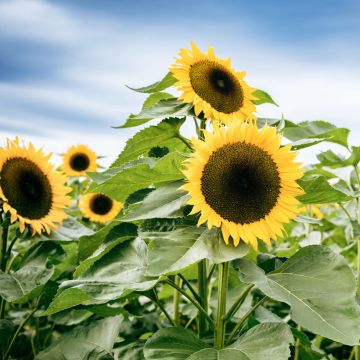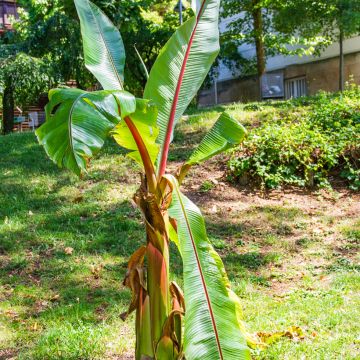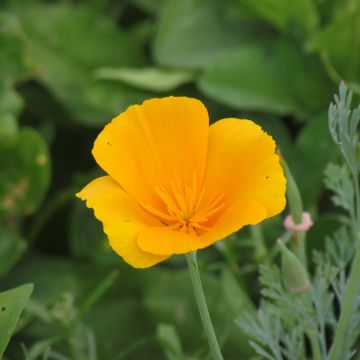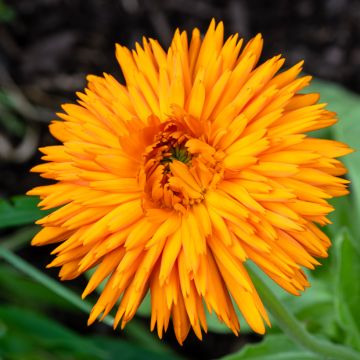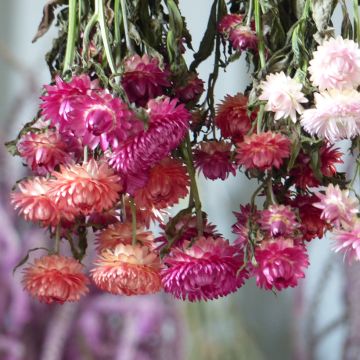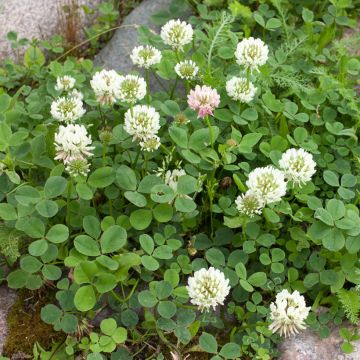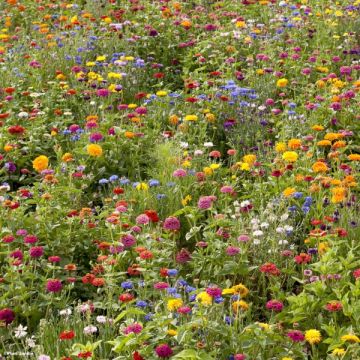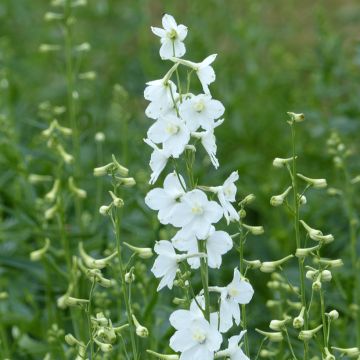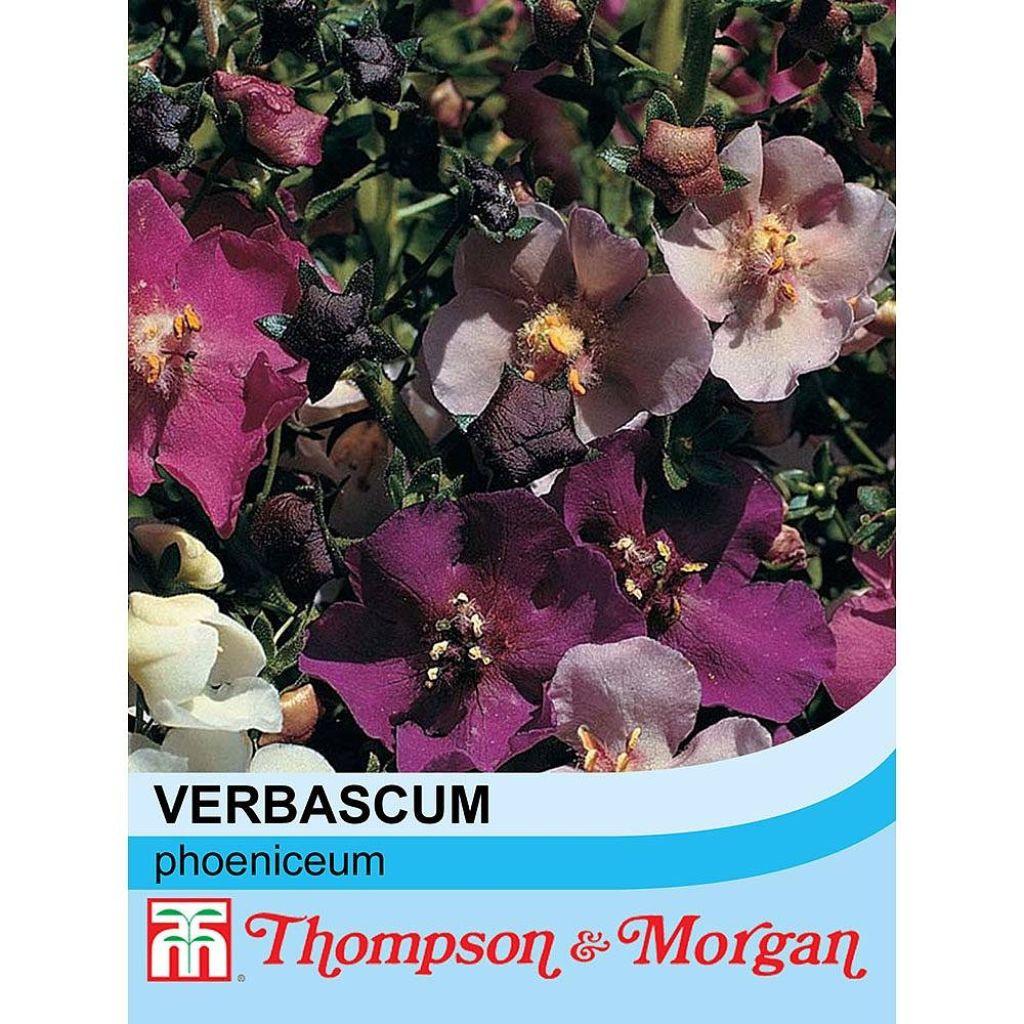

Verbascum phoeniceum Mixed Seeds - Mullein
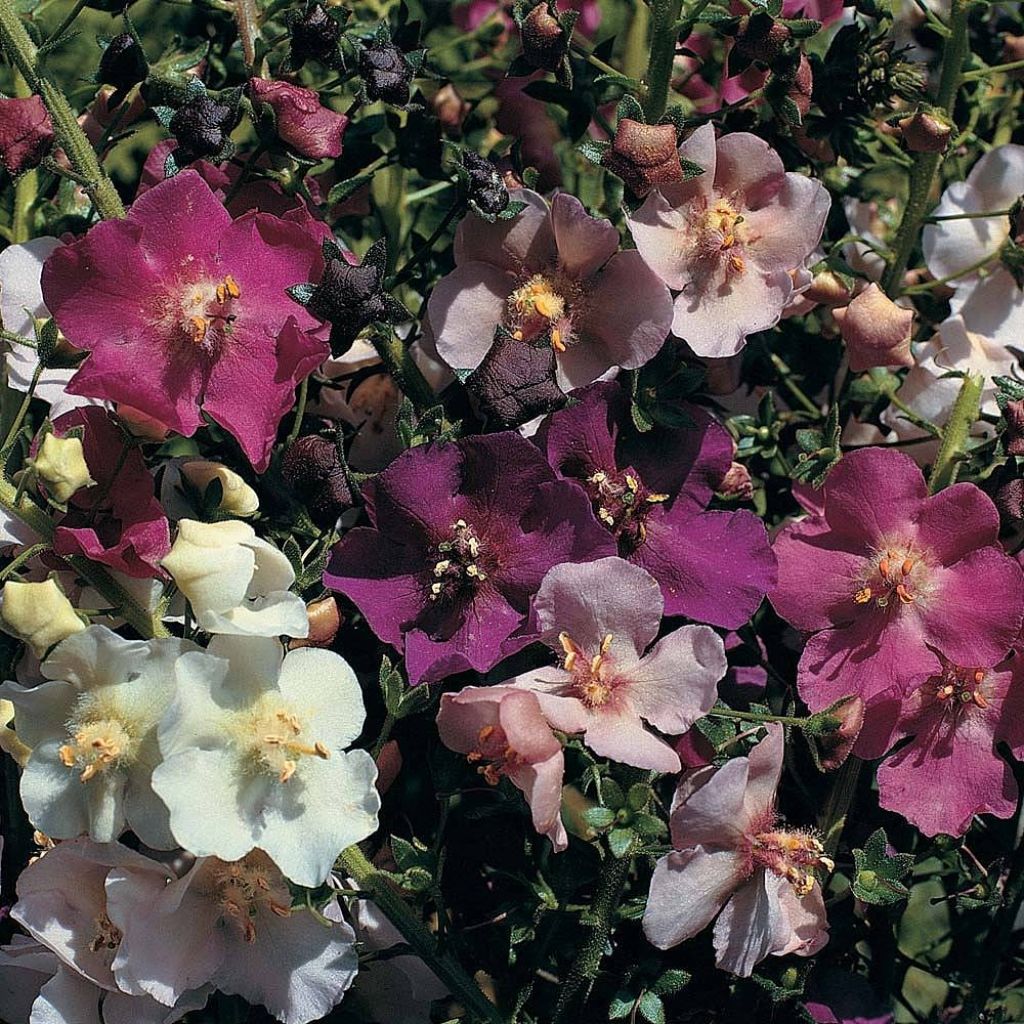

Verbascum phoeniceum Mixed Seeds - Mullein
Verbascum phoeniceum Mixed Seeds - Mullein
Verbascum x phoeniceum Mix
Mullein
This item cannot be shipped to the selected country
Dispatch by letter from €3.90
More information
Schedule delivery date,
and select date in basket
This plant carries a 6 months recovery warranty
More information
We guarantee the quality of our plants for a full growing cycle, and will replace at our expense any plant that fails to recover under normal climatic and planting conditions.
Seed-only orders are dispatched by sealed envelope. The delivery charge for seed-only orders is €3.90.
Does this plant fit my garden?
Set up your Plantfit profile →
Description
This mix of Verbascum x hybrida brings together different varieties of hybrid mullein with flowers that come in a beautiful gradient of colours, ranging from white to almost purple and including the entire range of pink hues. Their tall candle-like flower stalks rise above perennial beds in summer, much to the delight of butterflies and other foraging insects. These hardy perennial plants easily self-seed in the garden, appearing randomly in flower beds. Irreplaceable in romantic, somewhat wilder looking gardens, this selection will allow you to create very charming, oversize bouquets.
Mullein, in Latin Verbascum, belongs to the family Scrophulariaceae. The plants in this mixture are hybrids. They are the result of cross-breeding with Verbascum phoeniceum, a species native to Central-Eastern Europe and the Middle East and which is naturalized in the dry meadows and uncultivated areas of Western Europe. Each plant will grow to a height of about 80-90 cm, or even higher in fertile soil at the expense of its sturdiness. Its growth is very rapid, sometimes attaining its adult size within a month's time. This perennial develops a rosette of basal leaves from which long, branched flower stalks emerge. Flowering takes place from June to August, in the form of pyramidal spikes made up of 3 cm, cup-shaped flowers, tightly packed together and that open haphazardly along the spike. The rosettes consist of leaves that lie flat on the ground and are arranged in a shape of a fan. They are oval, wavy, toothed, dark green, fluffy and measure 15-20 cm long. This mullein is a melliferous plant that is very popular with bees. It is a short-lived perennial in heavy, moist soil that lives much longer in well-drained, poor soil. This plant easily self-seeds in light soil and usually flowers in the first year of sowing.
Hybrid Verbascum prefer sunny positions. Tolerant of summer drought and of ordinary, even poor soils, these plants will bloom more abundantly in richer well-drained soils, even in clay and lime soils. Mullein will bring an elegant touch and airiness to beds. They are great vertical accents that are ideally placed at the back of beds or in groups in a flower bed. Its rustic look makes it well suited to romantic or wild gardens. The tall flower stalks of Verbascum make for wonderful summer bouquets. They combine well with the blooms of repeat-blooming roses, or for example, those of hollyhocks, perennial larkspurs and ornamental grasses.
Report an error about the product description
Flowering
Foliage
Plant habit
Botanical data
Verbascum
x phoeniceum
Mix
Schrophulariaceae
Mullein
Cultivar or hybrid
Other Flower seeds A to Z
Planting and care
Verbascum seeds can be sown in seed trays under cover, in spring from March onwards, and even starting in February in milder regions, under cover in a well exposed position, since germination occurs between 20 °C and 30 °C.
Lightly cover the seeds with a fine layer of compost (1 to 2 mm) that you will keep slightly moist and place in the sun (essential for germination). The seeds will emerge after 1 to 3 weeks. When the seedlings are large enough to be moved, transplant them to cups (7/8 cm). When the plant is well developed, you can then plant it out. Choose a well-drained soil and a sunny position.
As with other perennials, you can sow in late spring, early summer and plant out seedlings in the fall.
Sowing period
Intended location
This item has not been reviewed yet - be the first to leave a review about it.
Flower seeds
Haven't found what you were looking for?
Hardiness is the lowest winter temperature a plant can endure without suffering serious damage or even dying. However, hardiness is affected by location (a sheltered area, such as a patio), protection (winter cover) and soil type (hardiness is improved by well-drained soil).

Photo Sharing Terms & Conditions
In order to encourage gardeners to interact and share their experiences, Promesse de fleurs offers various media enabling content to be uploaded onto its Site - in particular via the ‘Photo sharing’ module.
The User agrees to refrain from:
- Posting any content that is illegal, prejudicial, insulting, racist, inciteful to hatred, revisionist, contrary to public decency, that infringes on privacy or on the privacy rights of third parties, in particular the publicity rights of persons and goods, intellectual property rights, or the right to privacy.
- Submitting content on behalf of a third party;
- Impersonate the identity of a third party and/or publish any personal information about a third party;
In general, the User undertakes to refrain from any unethical behaviour.
All Content (in particular text, comments, files, images, photos, videos, creative works, etc.), which may be subject to property or intellectual property rights, image or other private rights, shall remain the property of the User, subject to the limited rights granted by the terms of the licence granted by Promesse de fleurs as stated below. Users are at liberty to publish or not to publish such Content on the Site, notably via the ‘Photo Sharing’ facility, and accept that this Content shall be made public and freely accessible, notably on the Internet.
Users further acknowledge, undertake to have ,and guarantee that they hold all necessary rights and permissions to publish such material on the Site, in particular with regard to the legislation in force pertaining to any privacy, property, intellectual property, image, or contractual rights, or rights of any other nature. By publishing such Content on the Site, Users acknowledge accepting full liability as publishers of the Content within the meaning of the law, and grant Promesse de fleurs, free of charge, an inclusive, worldwide licence for the said Content for the entire duration of its publication, including all reproduction, representation, up/downloading, displaying, performing, transmission, and storage rights.
Users also grant permission for their name to be linked to the Content and accept that this link may not always be made available.
By engaging in posting material, Users consent to their Content becoming automatically accessible on the Internet, in particular on other sites and/or blogs and/or web pages of the Promesse de fleurs site, including in particular social pages and the Promesse de fleurs catalogue.
Users may secure the removal of entrusted content free of charge by issuing a simple request via our contact form.
The flowering period indicated on our website applies to countries and regions located in USDA zone 8 (France, the United Kingdom, Ireland, the Netherlands, etc.)
It will vary according to where you live:
- In zones 9 to 10 (Italy, Spain, Greece, etc.), flowering will occur about 2 to 4 weeks earlier.
- In zones 6 to 7 (Germany, Poland, Slovenia, and lower mountainous regions), flowering will be delayed by 2 to 3 weeks.
- In zone 5 (Central Europe, Scandinavia), blooming will be delayed by 3 to 5 weeks.
In temperate climates, pruning of spring-flowering shrubs (forsythia, spireas, etc.) should be done just after flowering.
Pruning of summer-flowering shrubs (Indian Lilac, Perovskia, etc.) can be done in winter or spring.
In cold regions as well as with frost-sensitive plants, avoid pruning too early when severe frosts may still occur.
The planting period indicated on our website applies to countries and regions located in USDA zone 8 (France, United Kingdom, Ireland, Netherlands).
It will vary according to where you live:
- In Mediterranean zones (Marseille, Madrid, Milan, etc.), autumn and winter are the best planting periods.
- In continental zones (Strasbourg, Munich, Vienna, etc.), delay planting by 2 to 3 weeks in spring and bring it forward by 2 to 4 weeks in autumn.
- In mountainous regions (the Alps, Pyrenees, Carpathians, etc.), it is best to plant in late spring (May-June) or late summer (August-September).
The harvesting period indicated on our website applies to countries and regions in USDA zone 8 (France, England, Ireland, the Netherlands).
In colder areas (Scandinavia, Poland, Austria...) fruit and vegetable harvests are likely to be delayed by 3-4 weeks.
In warmer areas (Italy, Spain, Greece, etc.), harvesting will probably take place earlier, depending on weather conditions.
The sowing periods indicated on our website apply to countries and regions within USDA Zone 8 (France, UK, Ireland, Netherlands).
In colder areas (Scandinavia, Poland, Austria...), delay any outdoor sowing by 3-4 weeks, or sow under glass.
In warmer climes (Italy, Spain, Greece, etc.), bring outdoor sowing forward by a few weeks.

































